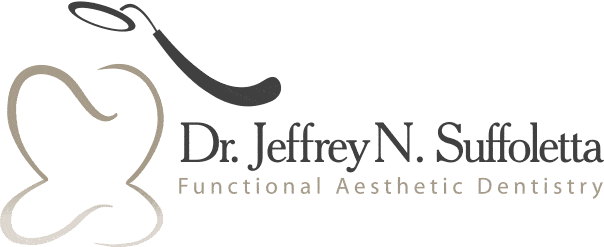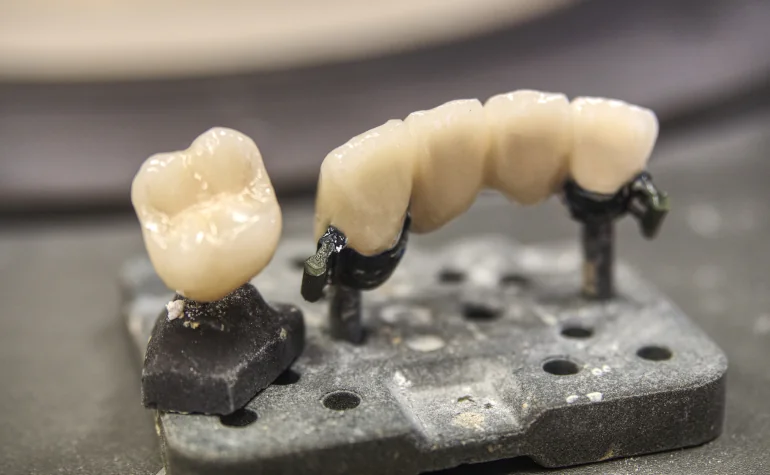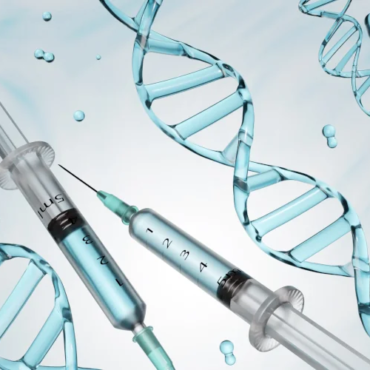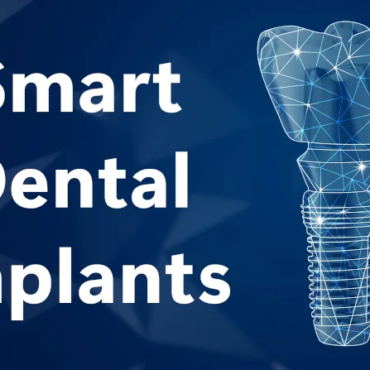Biocompatible and Biomimetic Dentistry
Advancing Oral Health and Preservation
Dentistry has come a long way in recent years. Advancements in materials and techniques have prioritized patient well-being and the preservation of natural tooth structure. Two prominent approaches that embody these principles are biocompatible dentistry and biomimetic dentistry. In this comprehensive article, we will explore what these approaches entail, how they benefit patients of all ages, their safety, and potential drawbacks.
Biocompatible Dentistry: Materials Friendly to the Body
Understanding Biocompatible Materials
Biocompatible dentistry centers on the use of materials that are well-tolerated by the patient’s body. The primary goal is to minimize the risk of allergic reactions or sensitivities to dental materials. This approach takes into account the patient’s overall health and any known sensitivities they may have.
Materials Used in Biocompatible Dentistry
- Tooth-Colored Composite Fillings: Traditional metal-based amalgam fillings have been largely replaced by tooth-colored composite fillings in biocompatible dentistry. These composites are not only aesthetically pleasing but also less likely to cause allergic reactions.
- Porcelain Restorations: Porcelain crowns, inlays, and onlays are commonly used in biocompatible dentistry due to their biocompatibility and natural appearance.
- Metal-Free Dental Implants: While titanium dental implants have been widely used for tooth replacement, concerns about metal allergies or sensitivities have prompted the development of metal-free alternatives like zirconia implants.
- Biocompatible Sealants and Adhesives: Sealants and adhesives used in various dental procedures are carefully chosen for their biocompatibility to minimize potential patient reactions.
Biomimetic Dentistry: Imitating Nature’s Design
Embracing Natural Tooth Structure and Function
Biomimetic dentistry, on the other hand, takes inspiration from the natural tooth structure and function. It aims to restore teeth in a way that replicates their natural form and function as closely as possible. The ultimate goal is to minimize the removal of healthy tooth structure and avoid aggressive dental procedures.
Principles and Techniques of Biomimetic Dentistry
- Conservative Treatment: Biomimetic dentists prioritize minimally invasive techniques. They focus on preserving the tooth’s natural structure whenever possible. This often means smaller and more precise restorations, resulting in better long-term outcomes.
- Layered Restorations: Biomimetic restorations are built up in layers, just like a natural tooth. This approach helps distribute stress evenly and increases the restoration’s longevity.
- Adaptive Materials: Biomimetic materials are designed to have properties similar to natural teeth, such as flexural strength and resilience. This helps the restoration withstand the forces of biting and chewing.

Benefits for Patients of All Ages
The Advantages of Biocompatible and Biomimetic Dentistry
Biocompatible and biomimetic dentistry offer a wide array of benefits for patients, regardless of age. Here are some of the key advantages.
Preservation of Tooth Structure
Both approaches prioritize the preservation of natural tooth structure. This not only results in stronger and healthier teeth but also reduces the risk of complications down the road. For children, this means preserving primary teeth until they naturally fall out to promote proper dental development.
Reduced Risk of Complications
The conservative nature of biocompatible and biomimetic dentistry techniques reduces the risk of complications. This includes a lower likelihood of post-treatment sensitivity and a decreased chance of restoration failure.
Enhanced Aesthetics
Biomimetic restorations are designed to closely mimic the appearance of natural teeth. This is particularly important for patients concerned about the cosmetic aspect of dental work. Children and adults alike benefit from the natural and aesthetically pleasing results.
Longevity of Restorations
Because biocompatible and biomimetic restorations are designed to function more like natural teeth, they tend to have a longer lifespan compared to traditional restorations. This translates to fewer visits to the dentist for repairs or replacements.
Comfortable and Less Invasive Procedures
Both approaches prioritize comfort during dental procedures. For children, this means less fear and anxiety associated with dental visits. Adults benefit from reduced discomfort and shorter recovery times.
Safety Considerations
Are Biocompatible and Biomimetic Materials Safe for All?
One of the most common questions regarding these approaches is their safety. Biocompatible and biomimetic materials are generally considered safe for both children and adults.
- Biocompatible Materials: These materials are chosen for their compatibility with the patient’s body, making them safe for people of all ages. The use of biocompatible materials minimizes the risk of allergic reactions or sensitivities.
- Biomimetic Materials: Biomimetic materials are designed to closely mimic the properties of natural teeth, including their strength and resilience. This makes them safe for use in both children and adults.
It’s important to note that while these approaches are generally safe, their success depends on the skill and training of the dentist. Dentists who are not adequately trained in these techniques may not achieve the desired results, potentially leading to complications.
Potential Drawbacks and Considerations
While the benefits of biocompatible and biomimetic dentistry are significant, there are some potential drawbacks and considerations to keep in mind.
- Cost: Biomimetic restorations and materials can sometimes be more expensive than traditional options. Patients should discuss the cost and their insurance coverage with their dentist.
- Case Suitability: Not all dental cases are suitable for biocompatible or biomimetic treatments. Complex cases or cases involving significant tooth damage or decay may require alternative approaches.
- Treatment Time: Biomimetic restorations may require more time to complete because they are often done in layers to ensure proper function and aesthetics. Patients should discuss treatment timelines with their dentist.
- Post-Treatment Sensitivity: While biomimetic dentistry aims to minimize post-treatment sensitivity, some patients may still experience temporary discomfort, particularly after more extensive restorations.
Biocompatible and biomimetic dentistry represent significant advancements in the field of dentistry. Thus, offering patients of all ages the benefits of natural-looking, long-lasting, and minimally invasive dental treatments. These approaches prioritize the preservation of natural tooth structure, reduce the risk of complications, and enhance the overall dental experience.
While there are some considerations to keep in mind, the safety and effectiveness of biocompatible and biomimetic dentistry make them viable options for those seeking high-quality dental care. Patients are encouraged to consult with a qualified dentist experienced in these techniques to determine the most appropriate treatment plan for their specific dental needs.




